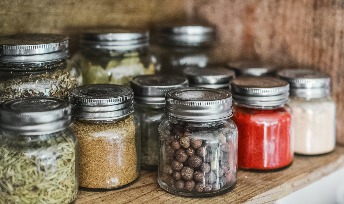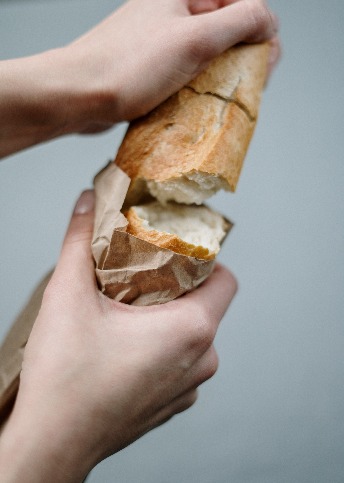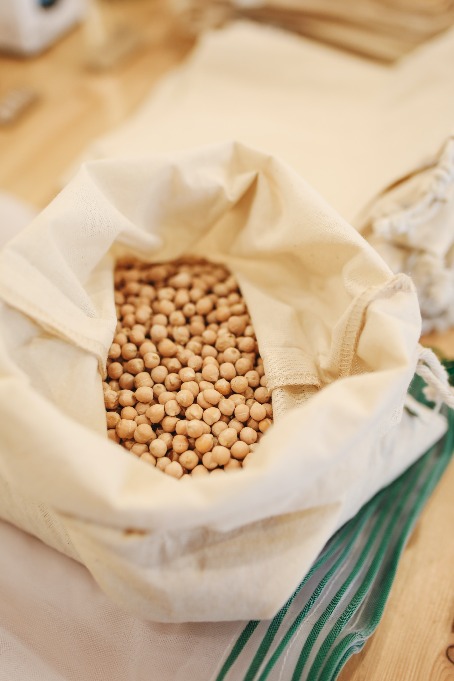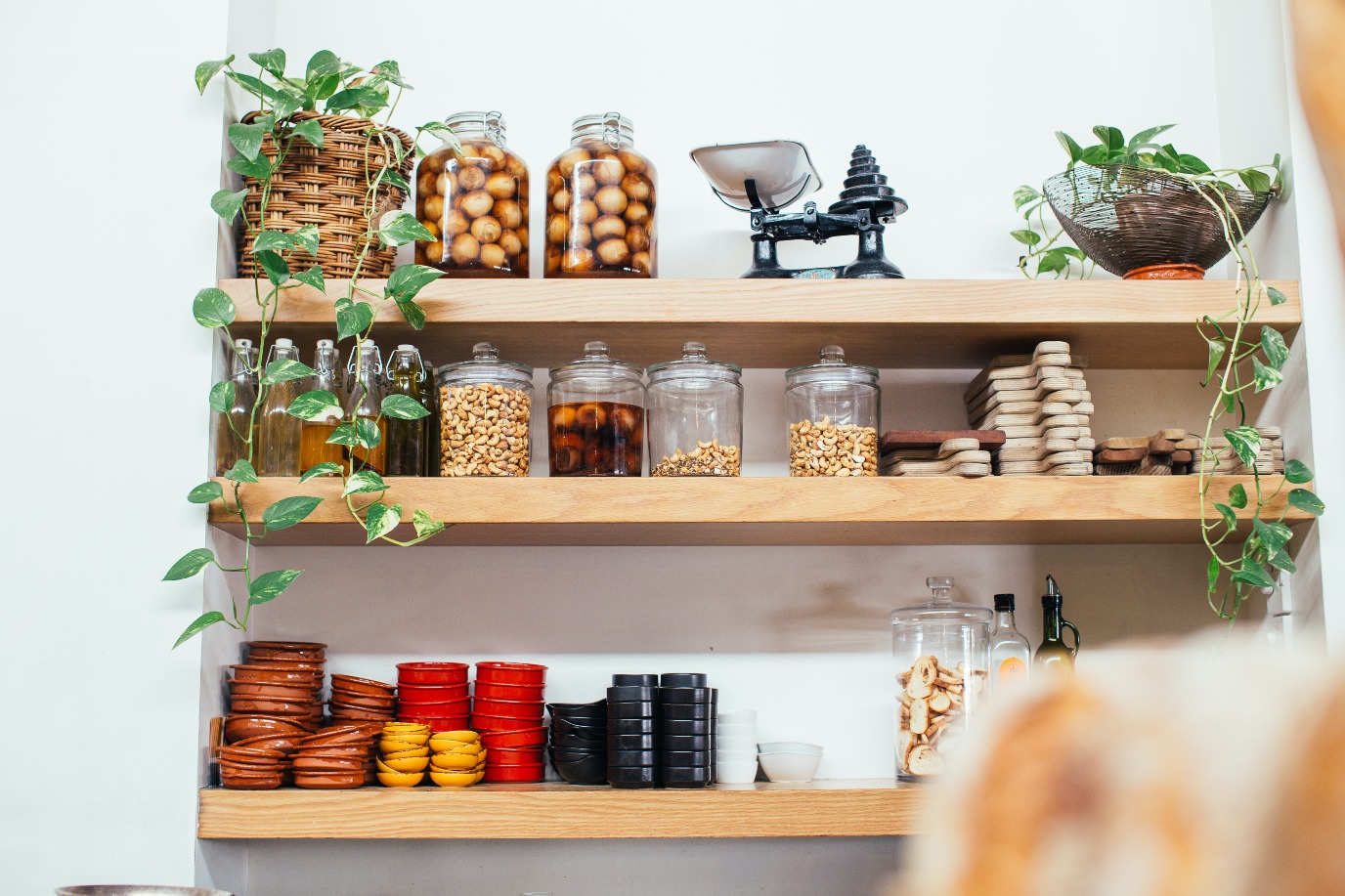Five Essential Pantry Staples: Reducing Food Waste in Student Life

The actions we undertake on a daily basis have a small but substantial echo and there are many steps we can take to lower our carbon footprint. These have a multiplier effect on our friends, family and peers. Gloria beliefs that the most powerful way of leaving a mark on Earth is precisely by having as little impact as possible.
Juggling student life and conscious meal planning might sound like a hassle, but it does not have to be. As a student myself, I tried integrating market tours in my weekly routine early on when I moved to Groningen. Bargains at the Vismarkt are great value for money, but I heard complaints on multiple occasions that those larger quantities of fresh produce you buy get close to spoiling twice as fast as those purchased at the grocery store. This might be due to the fact that you are overbuying more than you can eat. So, next to befriending the freezer, I have another quick fix, gained through a long-standing aversion to unnecessary wastage. Make sure you secure a stash of the few basic ingredients mentioned below and I will tell you how to revitalize those wilted greens when you come back home after an energy-sapping day spent studying at the library.
Take stock of these tips to avoid anything going to waste: here is my guide at your disposal.


1. Breadcrumbs
This is a great kitchen hack. Once you get to know how to use it, there is no way back. You can scatter it on top of an ‘aglio, olio e peperoncino’. In all fairness, any pasta would benefit from a waste-free crispy coating. Get your fresh bread at the market and do not worry if you can’t consume it quickly enough. Staleness is a blessing in disguise when it comes to bread. Make sure to move the loaf in a paper bag as soon as possible when you buy it: stored in a cool, dark place, it will keep for longer and prevent it from going moldy (which you certainly don’t want if cutting waste is the goal). Grind, toast or dice it for some crunchy croutons you can use to top salads. Otherwise, add hunks of stale bread into brothy soups and use it as a cheap thickener of sorts.

2. Dry or canned pulses
Add lentils or peas to any sad-looking vegetables that are withering away in the back of your fridge for a protein kick. Legumes are an optimal source of plant-based protein and they are hardly as perishable as meat or fish are, so there is less chance for them to end up in the trash can. You can even mash them into patties. Fair, they might not have the same taste or mouthfeel of mincemeat meatballs, but they are very affordable if you are on a tight budget.
Keep a can of chickpeas on the bottom shelf of your kitchen cabinet and reach out for it when you want to brighten up some summer salads with tomatoes, bell peppers and pitted olives. Alternatively, stir beans into a hearty soup in the middle of the winter.
3. Couscous
This is a corollary of the above. Storing a packet of couscous is a life (and energy) saver. You don’t even need to boil it. Just let it steam for 5 minutes and fluff it up with a fork. Mix it with any leftover veggies, drizzle with a copious amount of olive oil and crumble some feta cheese on top for some mild tanginess.
4. Nuts or seeds
Store-bought pesto is okay, but have you ever tried blitzing your own? Arugola, spinach, kale: the sky's the limit. A sharp food processor can really unleash the untapped potential of any droopy leafy green you need to use up. Just add a handful of almonds or cashews for a smooth and silky pesto packed full of flavor. I have a motto: everything can be turned into a spread!
5. Spices and dried herbs
Step up your seasoning game. I like to define spices and herbs as a ‘buoy in the storm’: you never know when one will come, but if you are all geared up, there is no need to fear it. Chances are that you will weather it effortlessly. Are you running short on salt? No need to frantically run out to the store if you have a good supply of dried herbs. A teaspoon of curry or sumac will partly make up for the mishap by coming to the rescue of your hapless taste buds.

LAST BUT NOT LEAST:
If you too have developed an addiction to that daily scoop of chunky peanut butter, don’t throw away the Albert Heijn glass jars. Strip them of the plastic layering and reuse them. Label and line them up: they will add that oddly satisfying look to your sustainable food cupboard.
Proof that environmentally sound advice can sometimes be equally visually pleasing.
Hey, my name is Gloria! I am 27 years old and moved to Groningen more than a year ago to pursue a master’s degree in Journalism. For me, writing has always been a way to unravel tangled thoughts and bring order to a cluttered mind. Generally speaking, I am a curious soul, I read a lot, and I try to stay busy. In my spare time – journalists don’t have much, but we make do – I like going for runs, cycling or exploring the outdoors. I have a genuine interest for the future of our planet, which is the reason why decided to write a thesis on climate change reporting, so as to explore this industry’s contribution to the debate .

